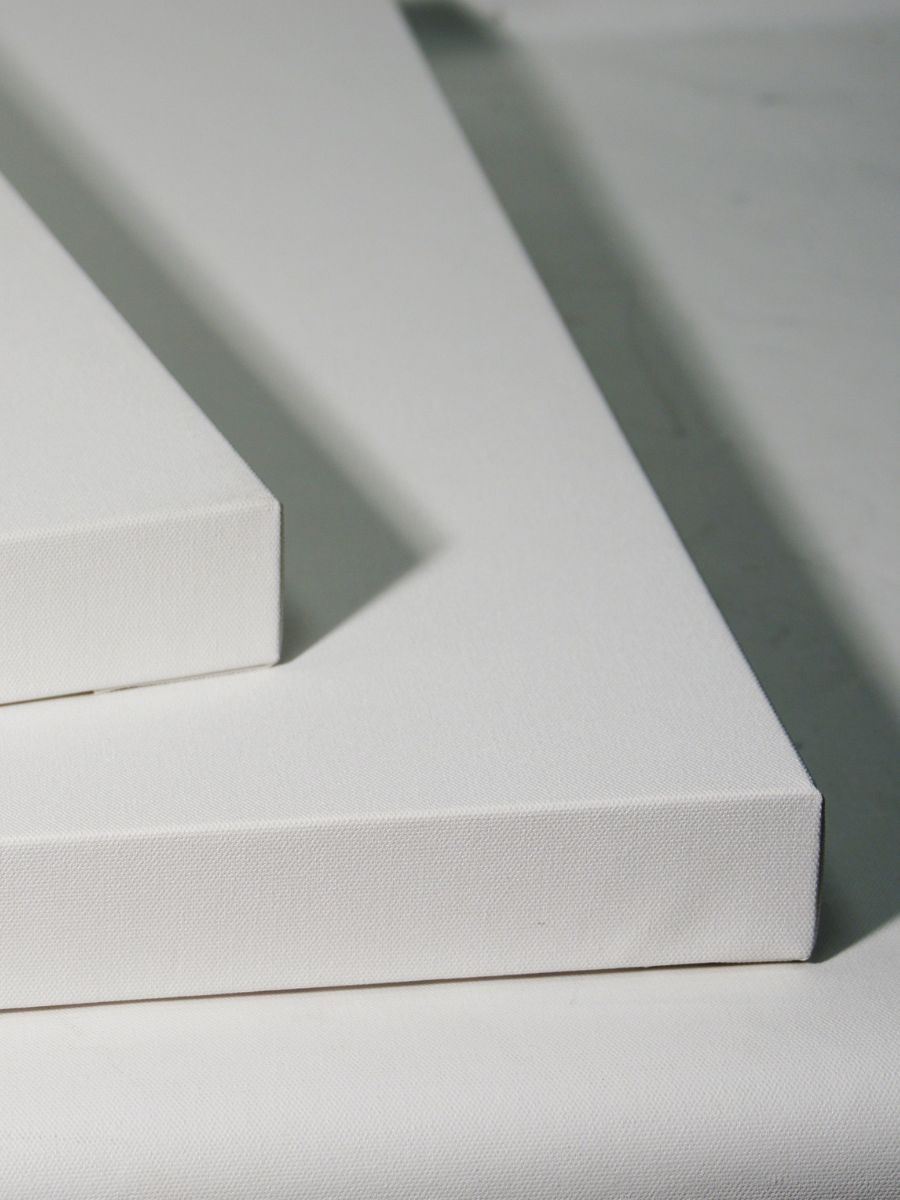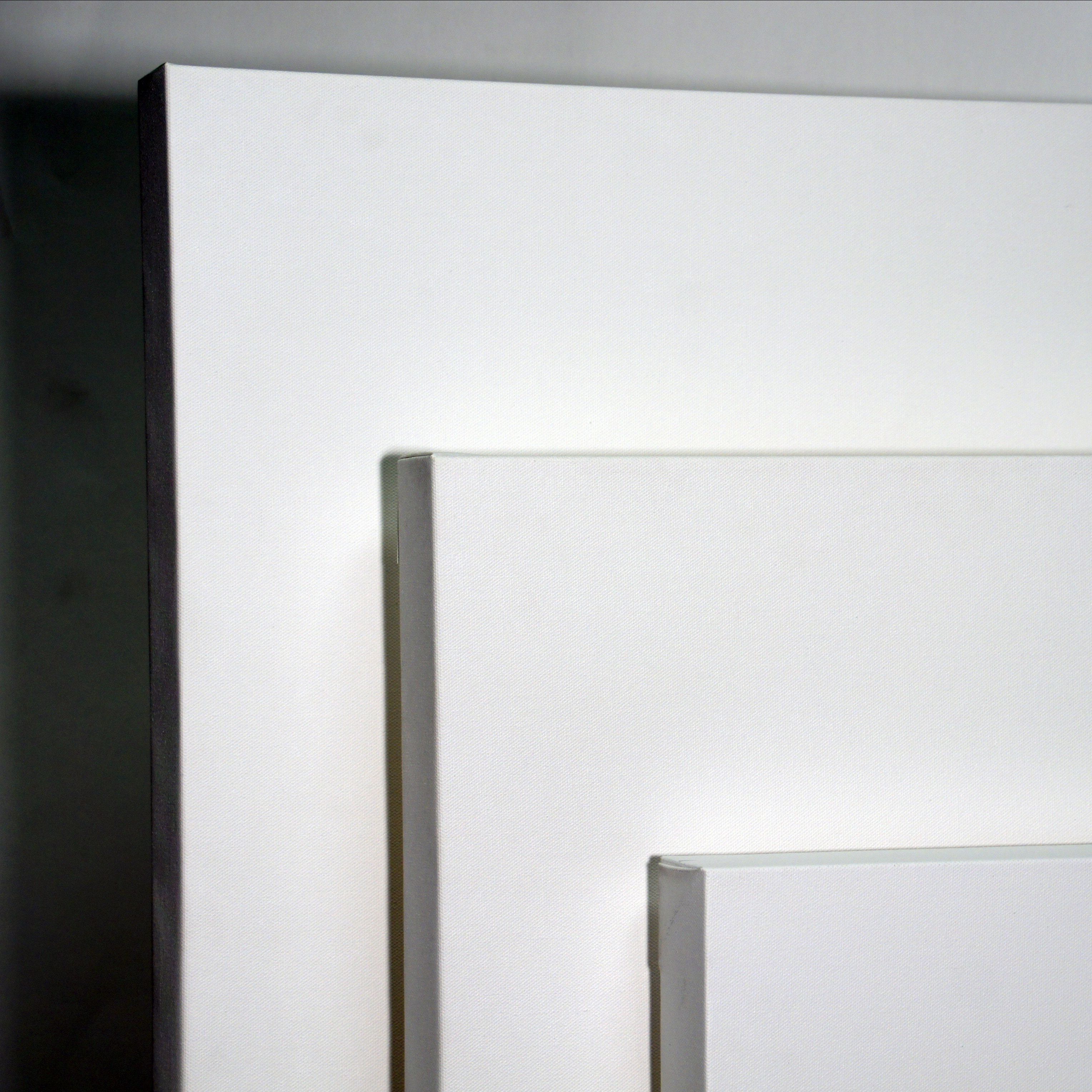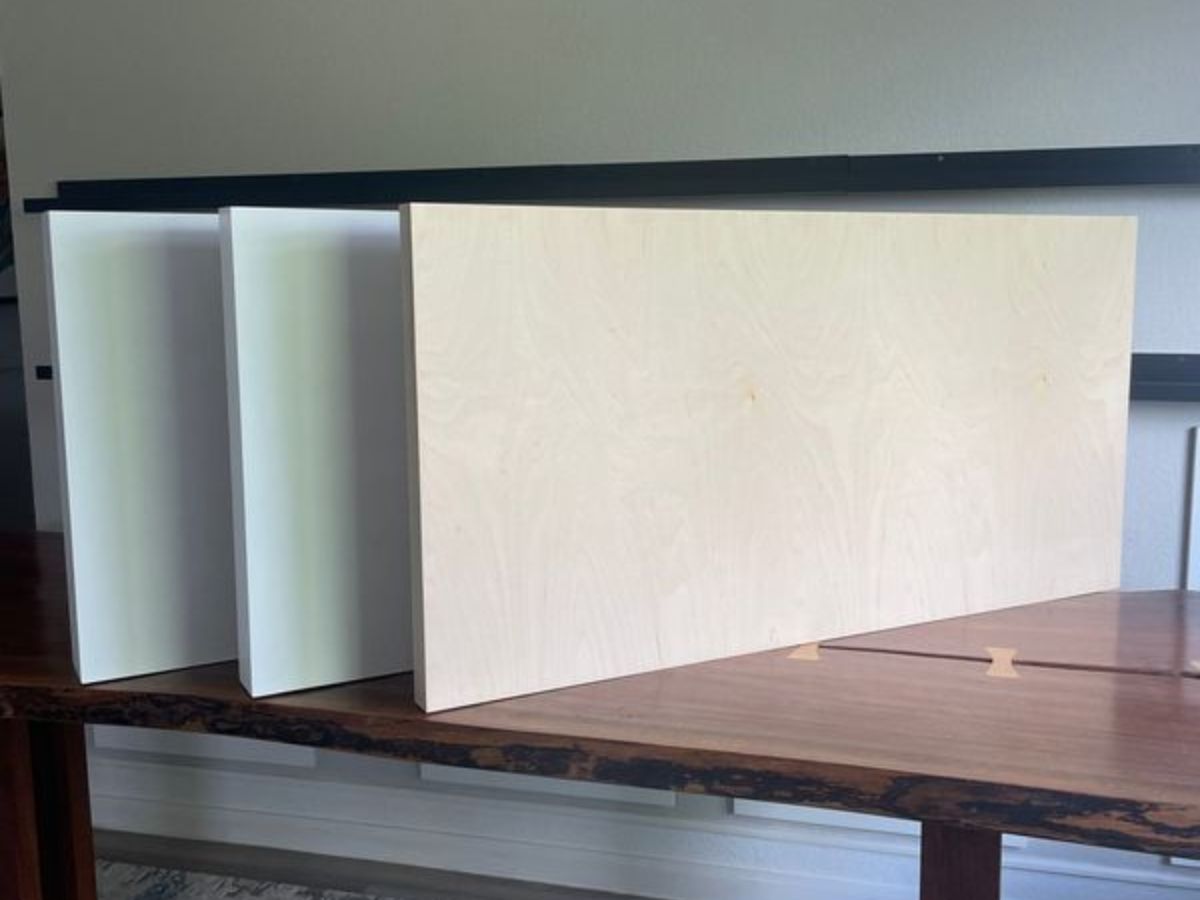When your brushes are loaded and your vision is flowing, you’d rather paint than build. But is buying canvases or making your own more cost-effective? The answer depends on your goals and teaming up with pros like CanvasLot often comes out ahead in both value and quality.
The Cost Reality: Make vs Buy
Making your own canvases–be it stretching your own fabric or securing DIY panels–can cut material costs by up to 50 percent, especially if you’re making multiple or unusual sizes. You get total control over fabric choice and priming which can be tempting if you’re budget-conscious. But, that time isn’t free. Building, sizing, gessoing, these steps slow you down. Not to mention, if you’re not yet practiced, small mistakes can creep into corners and tension.
Continue reading →









